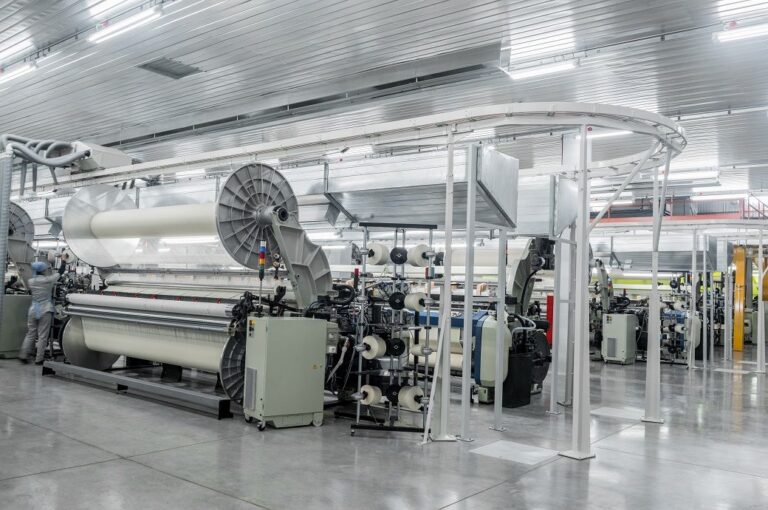
[ad_1]
March data highlighted a further upturn in new business placed with Indian manufacturers. Moreover, the rate of expansion was sharp and the quickest in three months. Firms suggested that marketing efforts bore fruit. Demand resilience and competitive pricing were also cited as growth drivers.
India’s manufacturing PMI rose from 55.3 in Feb to 56.4 in March, indicating strong improvement in operating conditions, while new orders, exports, and output volumes increased.
Firms expected better customer relations, new product releases, and advertising to support sales, but positive sentiment slipped due to concerns about inflation and competitiveness.
Continuing the trend that has been recorded on a monthly basis for a year, new export orders rose in March. The rate of expansion quickened from February, though remained slight and historically subdued, as per S&P Global.
Ongoing improvements in total sales volumes underpinned another increase in production. Output rose at the quickest pace since last December and one that outpaced its long-run average.
Demand resilience also encouraged firms to rebuild their input inventories. Stocks of purchases rose at a sharp rate that was one of the strongest seen in over 18 years of data collection.
Supporting the upturn in input stocks was a twenty-first consecutive increase in buying levels. Purchasing activity expanded at a marked pace that was the strongest since May 2022.
Another factor that stimulated buying levels was a moderation in cost pressures. March data highlighted the second-weakest increase in input prices in two-and-a-half years. In fact, close to 96 per cent of firms signalled no change in cost burdens since February.
Although selling prices increased further at the end of the last fiscal quarter, the rate of inflation was moderate and broadly similar to February. Several panellists reportedly left their fees unchanged amid efforts to boost sales.
There was evidence of only mild pressure on the capacity of goods producers, as outstanding business volumes rose at a marginal rate that was the weakest in a year.
Hence, goods producers kept payroll numbers broadly unchanged in March. This followed a one-year sequence of monthly increases in employment.
Suppliers were reportedly able to deliver purchased materials in a timely manner during March, with the latest results showing a fractional improvement in vendor performance.
Elsewhere, holdings of finished products decreased further. According to panellists, in some instances orders were fulfilled from warehoused items. The rate of stock depletion was only marginal, however, S&P global added.
Indian manufacturers expect improved customer relations, new product releases and advertising to support sales and subsequently production over the course of the coming 12 months. That said, the overall level of positive sentiment slipped to an eight-month low due to concerns surrounding competitiveness and general inflation.
Fibre2Fashion News Desk (DP)
[ad_2]
Source link